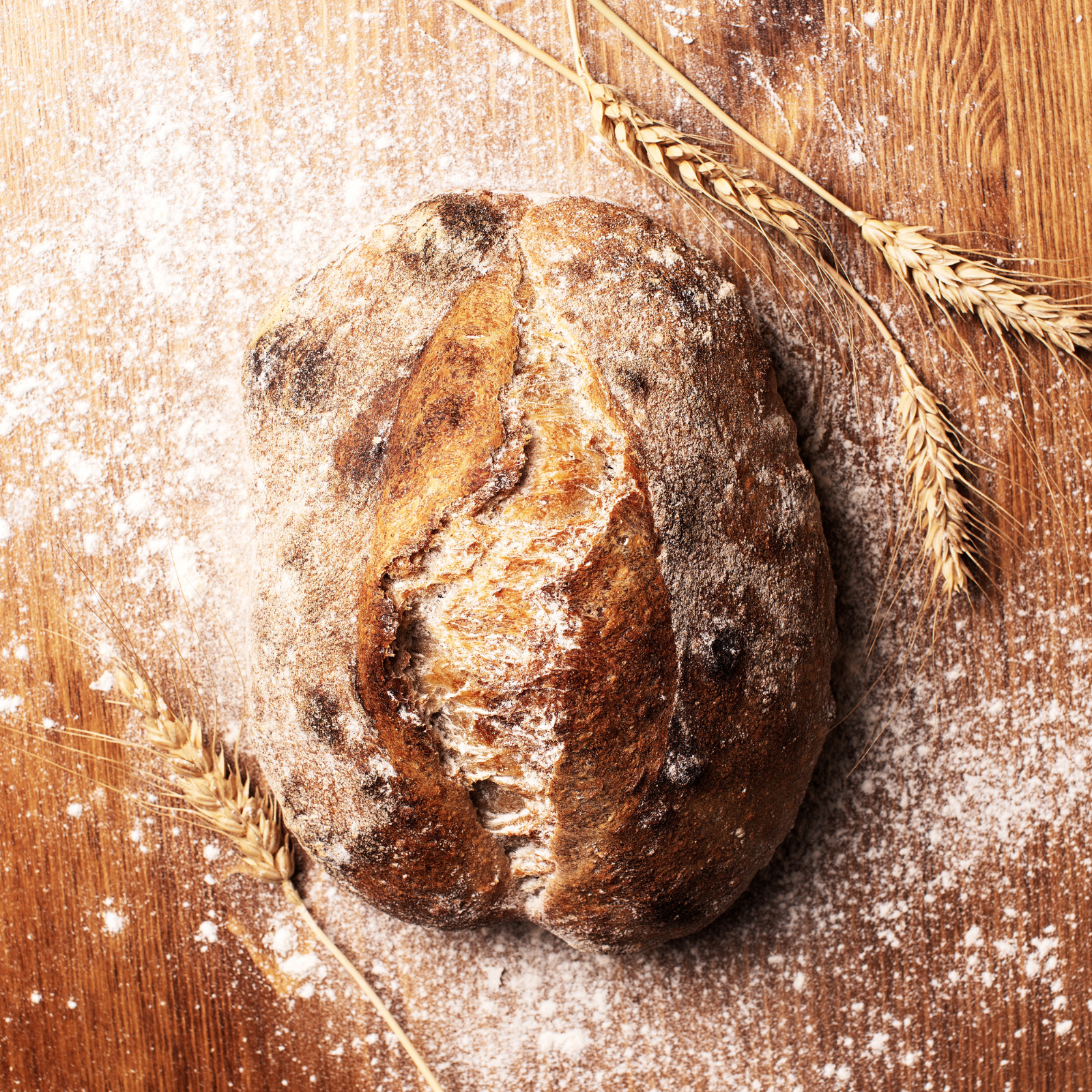Fix Common Sourdough Issues with These Easy Tips

Sourdough Troubleshooting: Common Issues and How to Fix Them
Sourdough baking can feel like an art—and sometimes, even seasoned bakers face challenges that leave them scratching their heads. Whether your dough isn’t rising, your crust isn’t crispy, or your bread has a less-than-ideal texture, don’t worry! Most sourdough issues have simple fixes. In this blog post, I’ll cover some of the most common sourdough baking problems and provide practical solutions to help you achieve that perfect loaf every time.
1. My Dough Isn’t Rising
A lack of rise is one of the most common sourdough issues, and it usually points to a problem with your sourdough starter or the fermentation process.
Possible Causes:
- Weak Starter: Your starter might not be active or mature enough.
- Temperature: Sourdough thrives in warm conditions, so if your kitchen is too cold, fermentation slows down.
- Under-Proofing: The dough hasn’t had enough time to rise.
Solutions:
- Feed Your Starter: Ensure your starter is bubbly and active before using it. Feed it 8-12 hours before you bake and wait until it doubles in size.
- Control Temperature: Use a proofing box or place your dough in a warm spot, like an oven with the light on.
- Give It Time: Patience is key! Allow your dough to rise until it has doubled in size, even if it takes longer than the recipe suggests.
2. My Crust Is Too Hard or Too Soft
A crust that’s too hard can make your bread difficult to enjoy, while a crust that’s too soft lacks the satisfying crunch sourdough is known for.
Possible Causes:
- Over-Baking or High Heat: Baking too long or at too high a temperature can dry out the crust.
- Too Little Steam: Steam helps create a crisp crust, and a lack of it can result in a soft texture.
Solutions:
- Adjust Baking Time/Temperature: Keep an eye on your bread and bake at the recommended temperature for your specific oven. Use a thermometer to ensure your bread’s internal temperature reaches 190–210°F (88–99°C).
- Add Steam: Place a pan of water in the oven or spritz your loaf with water before baking to create steam. A Dutch oven also traps steam effectively for a crispy crust.
3. My Bread Is Too Dense
Dense sourdough can feel heavy and chewy instead of light and airy.
Possible Causes:
- Under-Proofing: The dough didn’t rise long enough before baking.
- Improper Folding: Folding the dough helps build structure, and skipping this step can lead to a dense loaf.
Solutions:
- Watch the Proofing: Use the “poke test” to check if your dough is ready. Lightly press your finger into the dough; if it springs back slowly, it’s ready.
- Incorporate Stretch and Folds: Perform 2-4 stretch-and-fold cycles during bulk fermentation to build strength in the dough.
4. My Bread Has Large, Uneven Holes
While airy sourdough is a dream, large, uneven holes can make slicing and spreading butter a challenge.
Possible Causes:
- Over-Hydration: Too much water in the dough can lead to uneven holes.
- Improper Shaping: Shaping helps distribute air pockets evenly.
Solutions:
- Reduce Hydration: Use less water until you’re comfortable handling wetter dough.
- Shape with Care: When shaping, handle the dough gently but firmly to even out the air bubbles.
5. My Bread Tastes Too Sour
Sourdough’s tang is part of its charm, but if the flavor is too sour, it can overwhelm the bread.
Possible Causes:
- Over-Fermentation: Letting the dough ferment too long can increase acidity.
- Starter Feeding Schedule: A neglected starter can develop a stronger sour flavor.
Solutions:
- Shorten Fermentation Time: Reduce the bulk fermentation time or proof the dough in the fridge overnight for a milder flavor.
- Feed Your Starter Regularly: Maintain a consistent feeding schedule to keep your starter balanced and less acidic.
6. My Bread Sticks to the Banneton
There’s nothing more frustrating than dough that won’t release from the banneton, ruining the shape of your loaf.
Possible Causes:
- Under-Flouring: Not enough flour on the banneton or the dough surface.
- High Hydration: Wet dough can stick more easily.
Solutions:
- Generously Flour the Banneton: Use rice flour or a mix of rice and all-purpose flour for a non-stick coating.
- Dust the Dough: Lightly flour the top of your dough before placing it in the banneton.
Bonus Tip: Embrace the Process!
Sourdough baking is as much about the journey as it is about the final product. Each loaf you bake teaches you something new, and even the “flops” are delicious in their own way. Remember, practice makes perfect, and every baker encounters challenges along the way.
Get Support for Your Sourdough Journey
If you’re still struggling, I’m here to help! As a sourdough mentor with over two years of experience and a 12-year-old starter, I love sharing tips and tricks with bakers of all levels.
For more resources, recipes, and troubleshooting guides, check out my Sourdough Starter Guide or consider joining one of my workshops!
💡 Ready to level up your sourdough game?
Download My Sourdough Starter Guide ➡️ HERE!
Let’s bake the perfect loaf together!

Written by Rachael DeBoy
More From This Category

Must-Have Tools & Ingredients for Sourdough Success
Starting sourdough baking? Learn the essential tools and ingredients every beginner needs to bake successful loaves at home. From Dutch ovens to flour basics, this guide keeps it simple so you can bake with confidence.

Must-Have Tools & Ingredients for Sourdough Success
Starting sourdough baking? Learn the essential tools and ingredients every beginner needs to bake successful loaves at home. From Dutch ovens to flour basics, this guide keeps it simple so you can bake with confidence.

Must-Have Tools & Ingredients for Sourdough Success
Starting sourdough baking? Learn the essential tools and ingredients every beginner needs to bake successful loaves at home. From Dutch ovens to flour basics, this guide keeps it simple so you can bake with confidence.

0 Comments